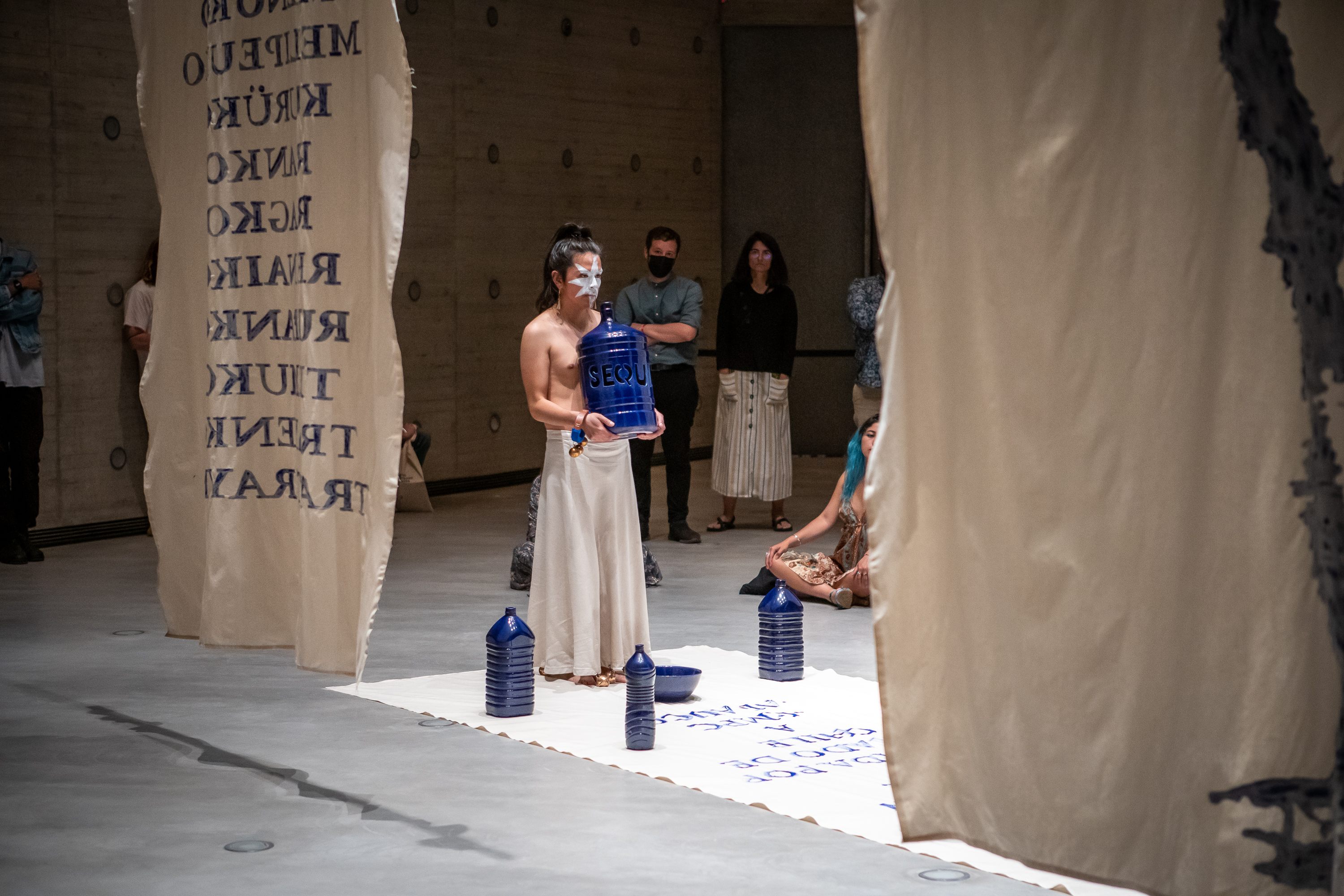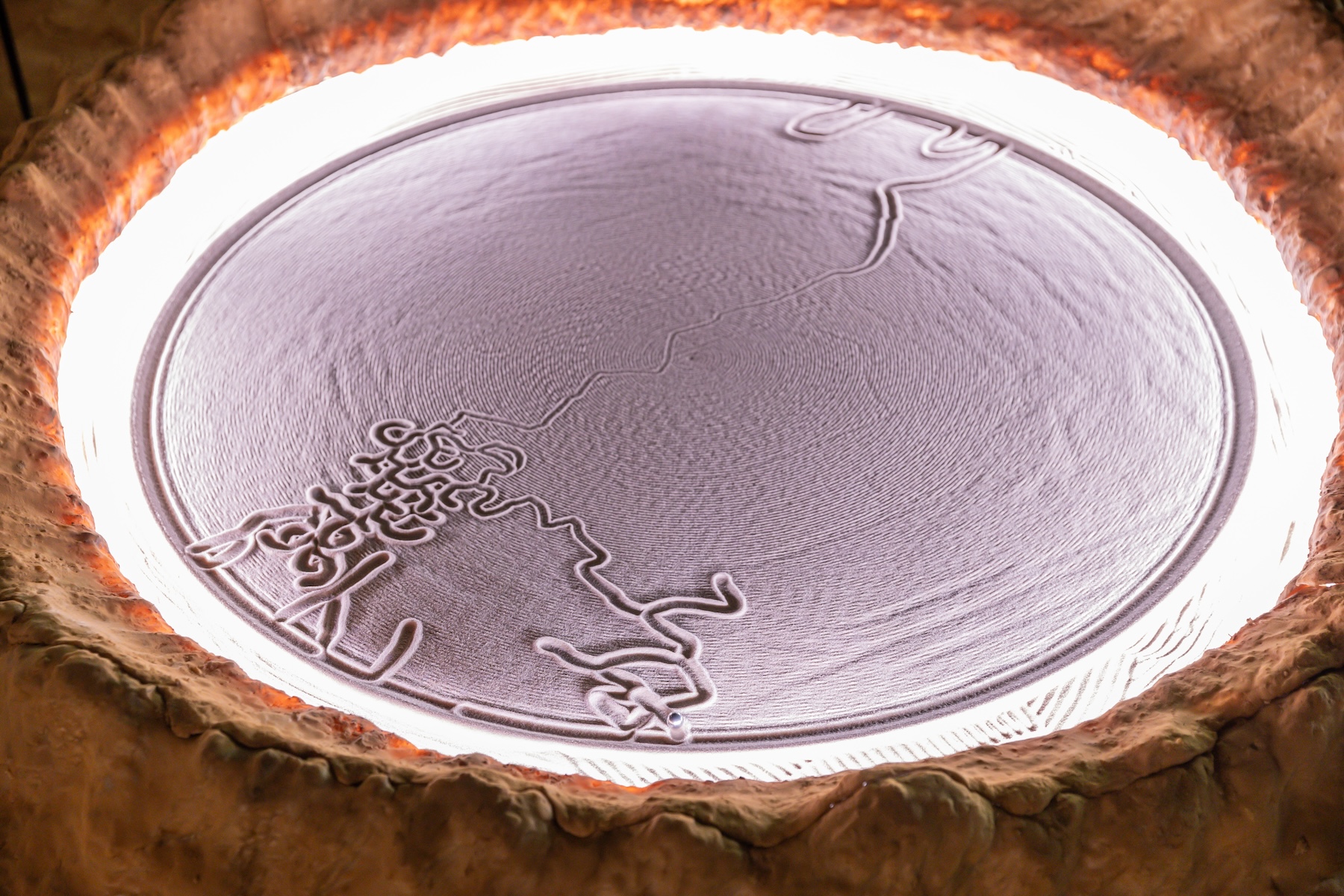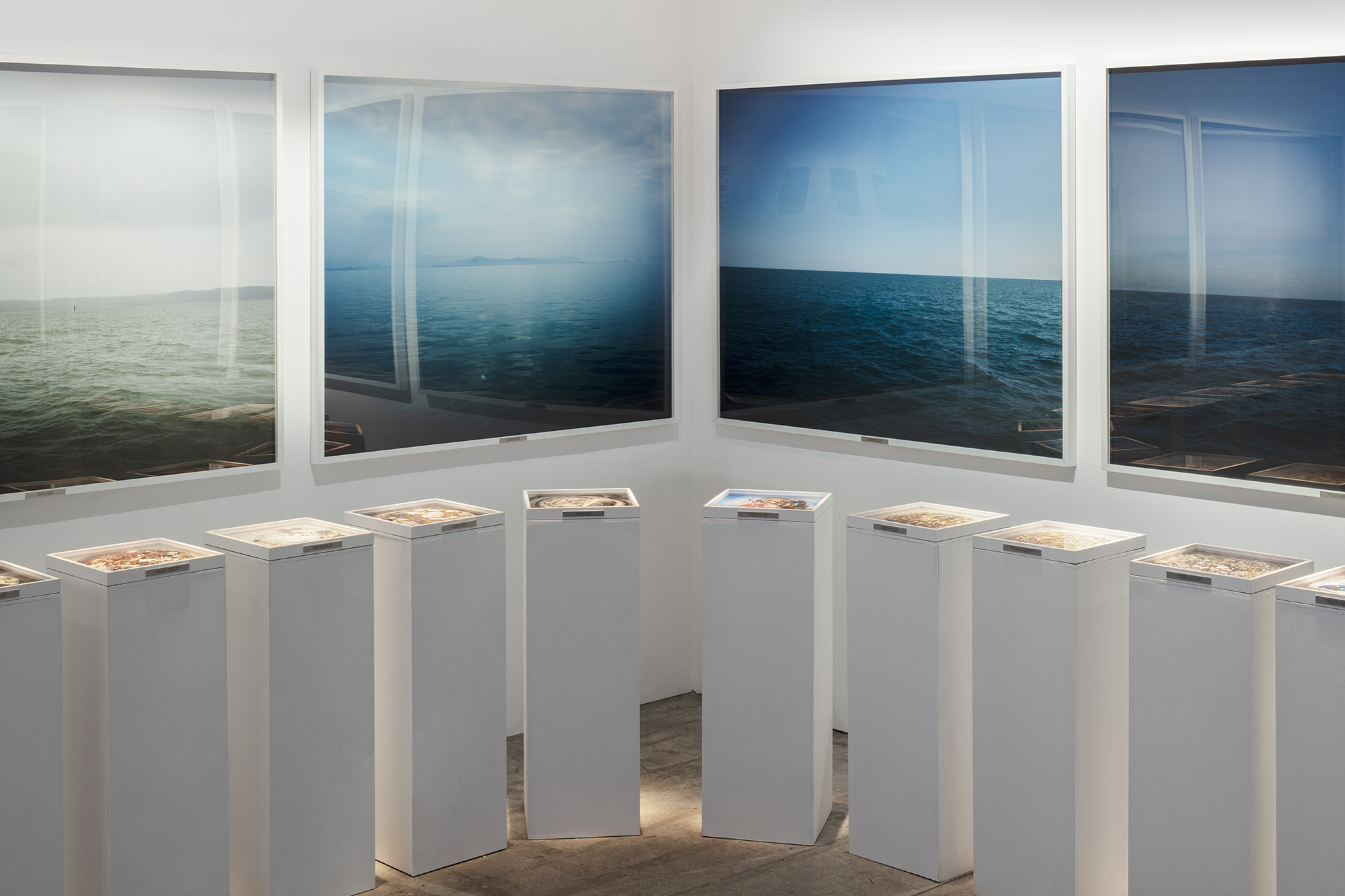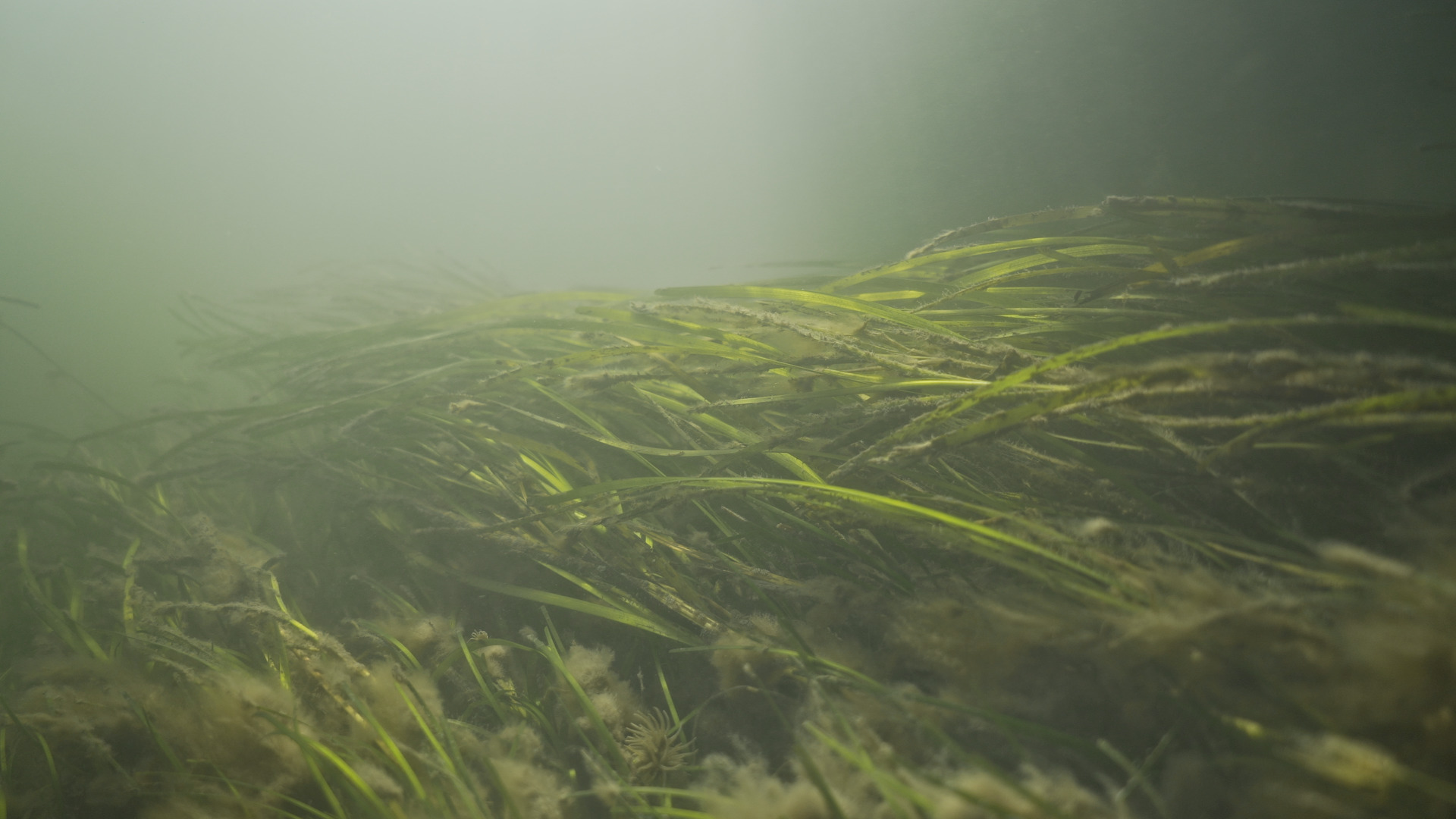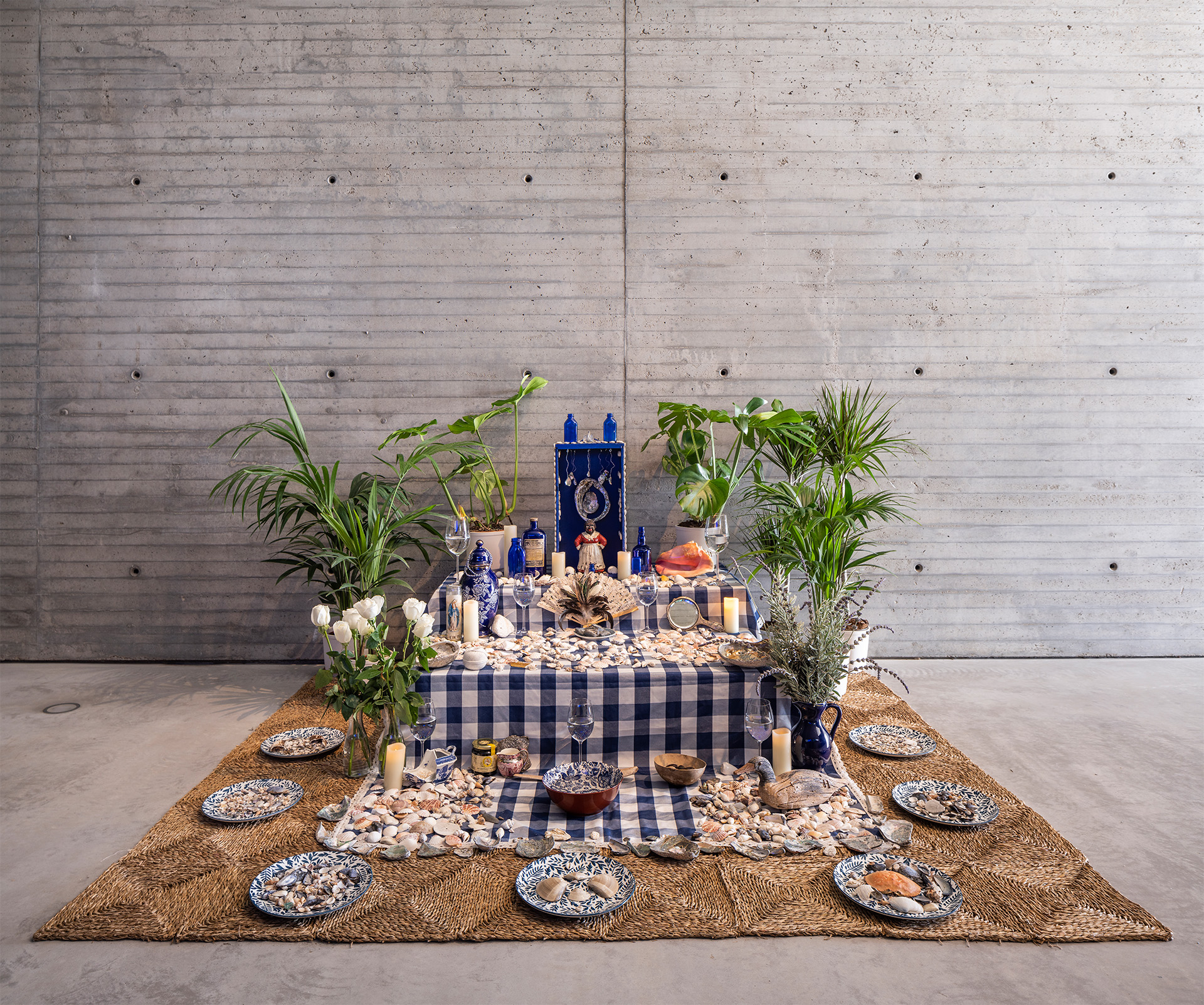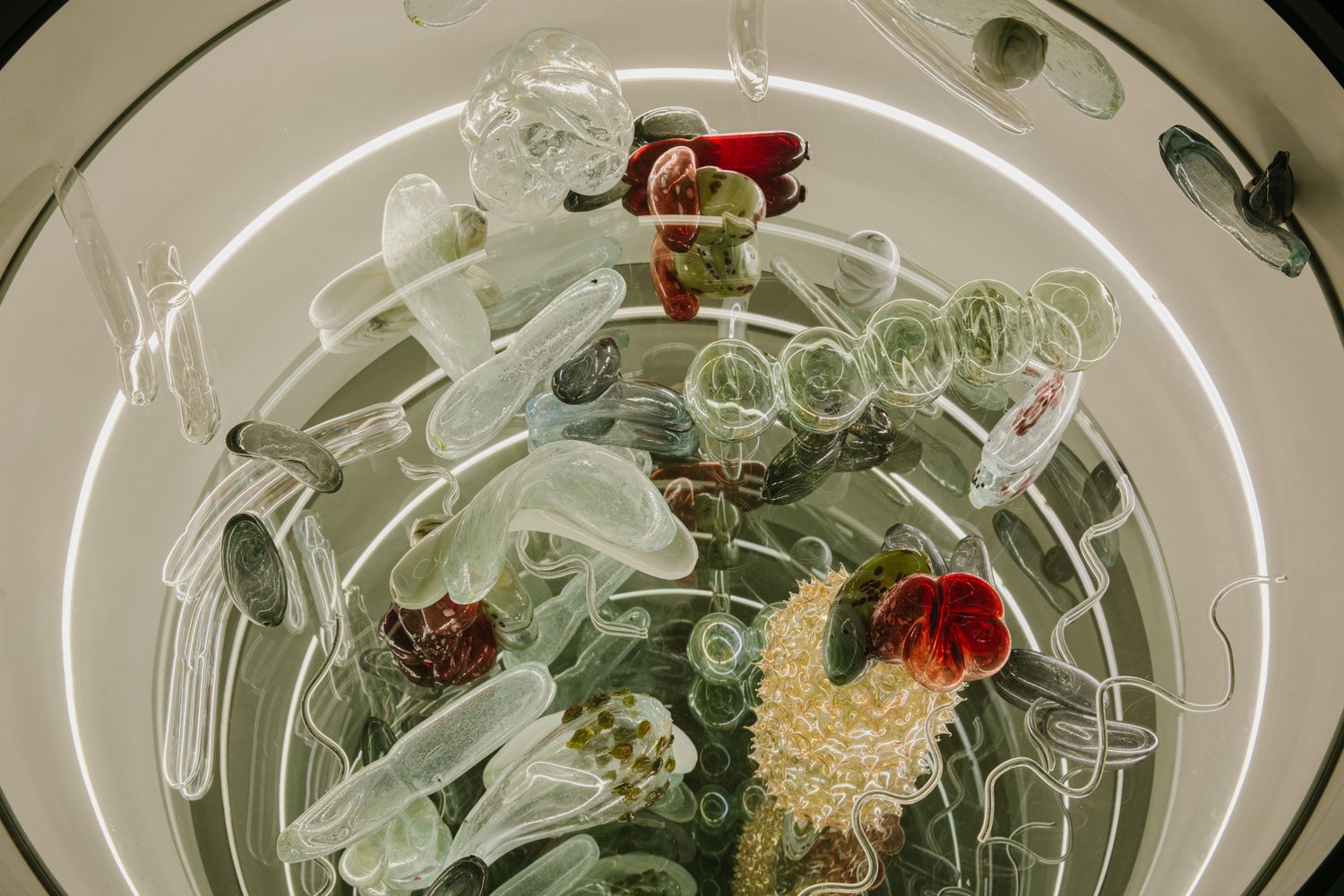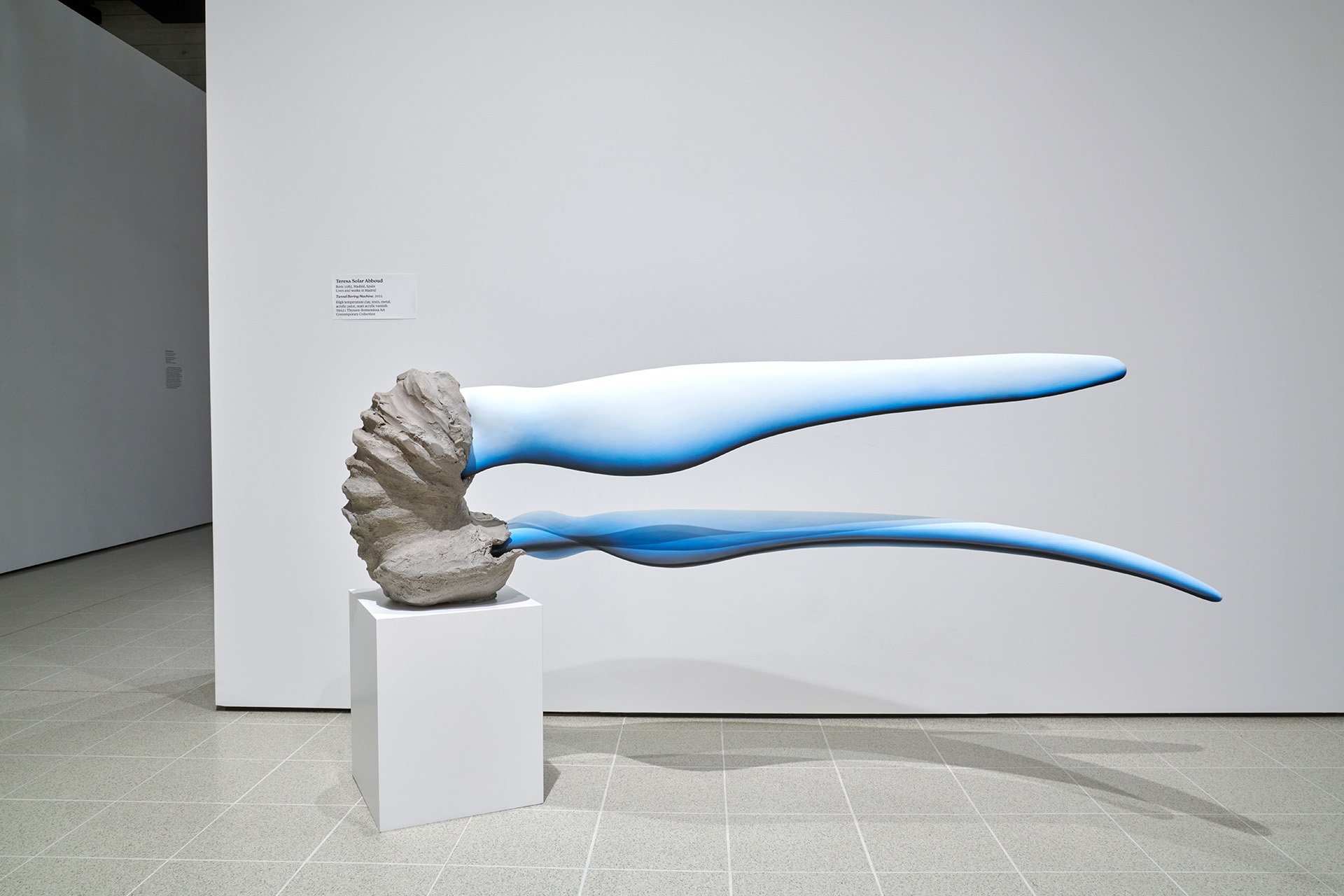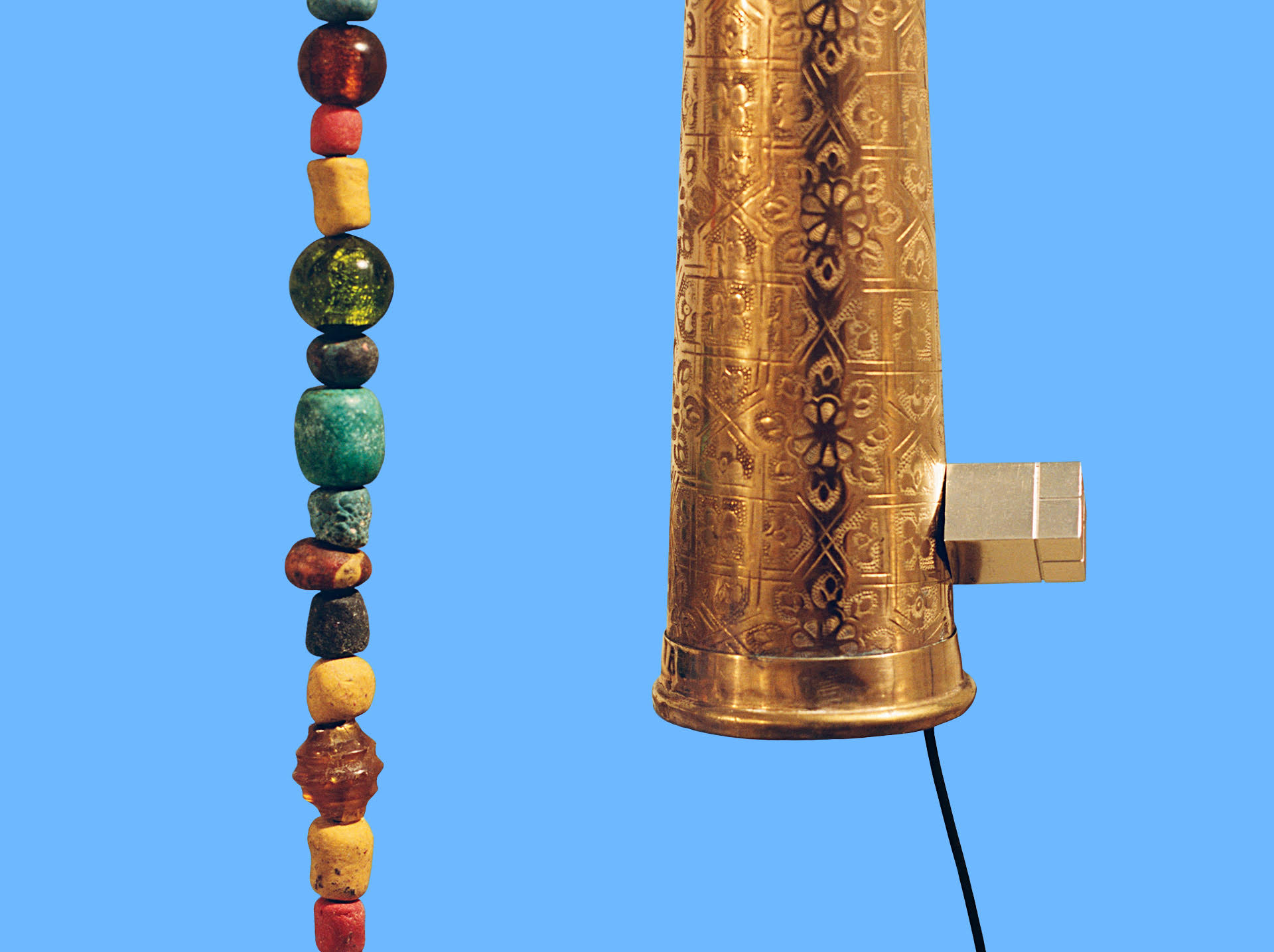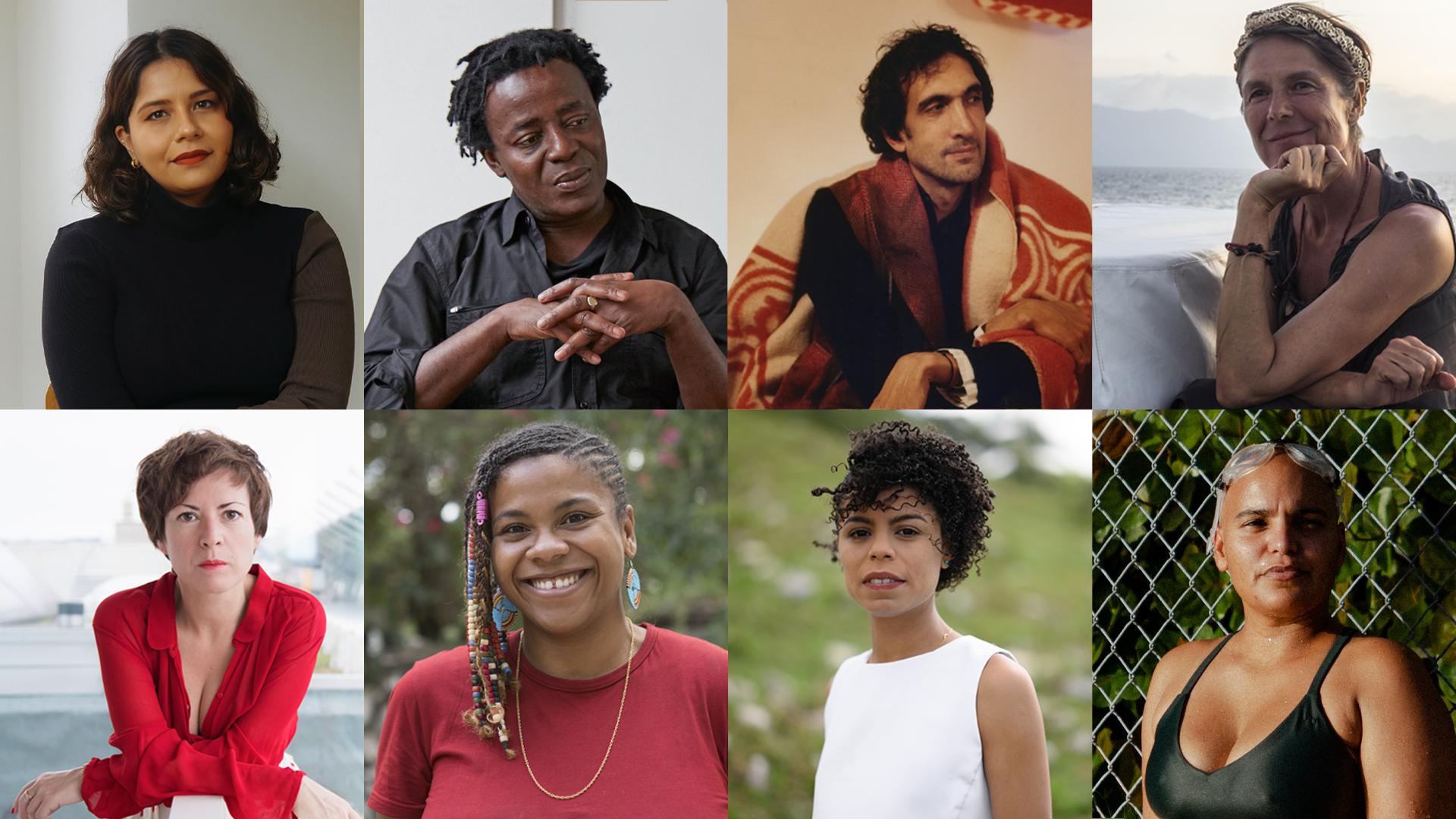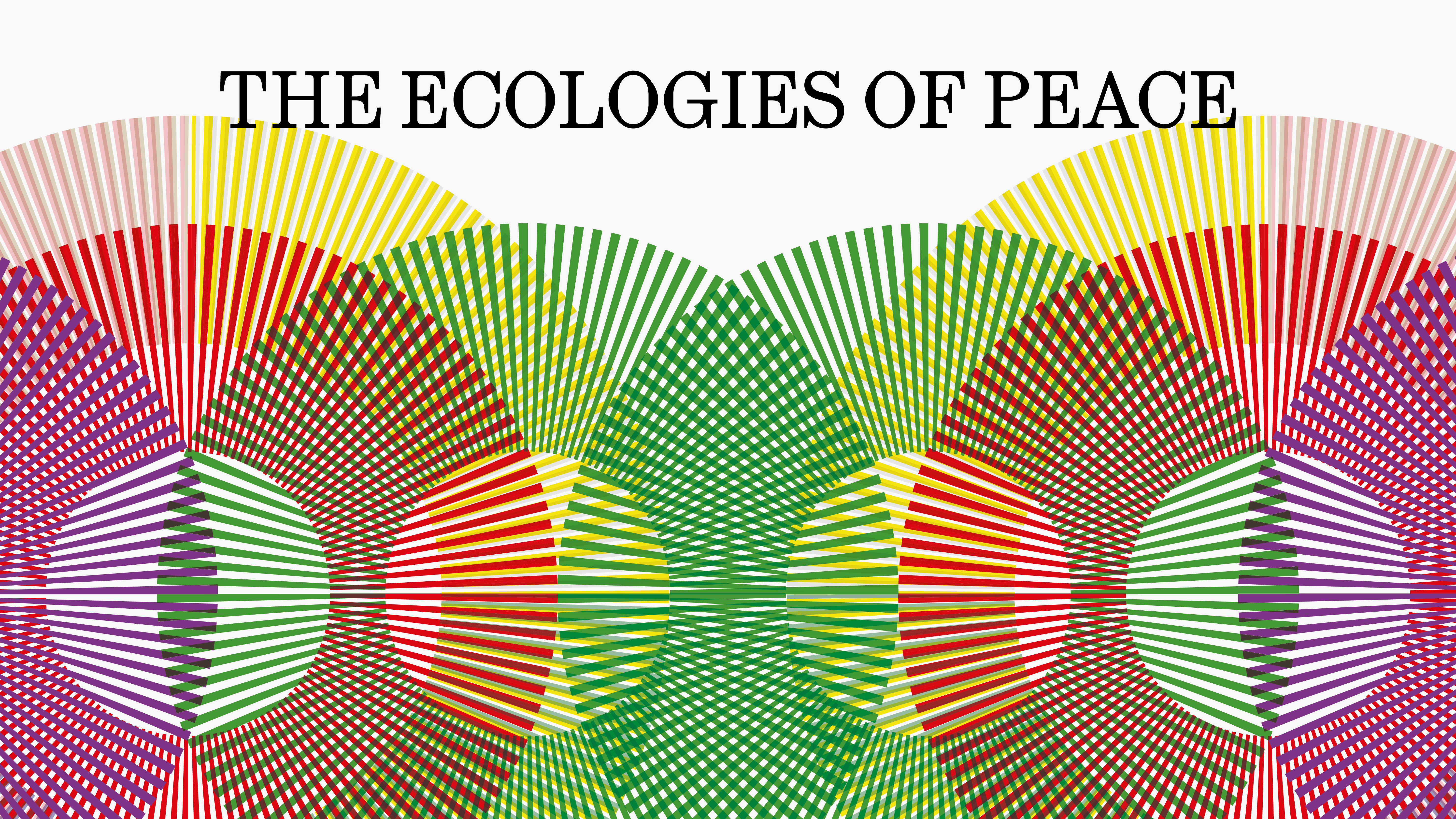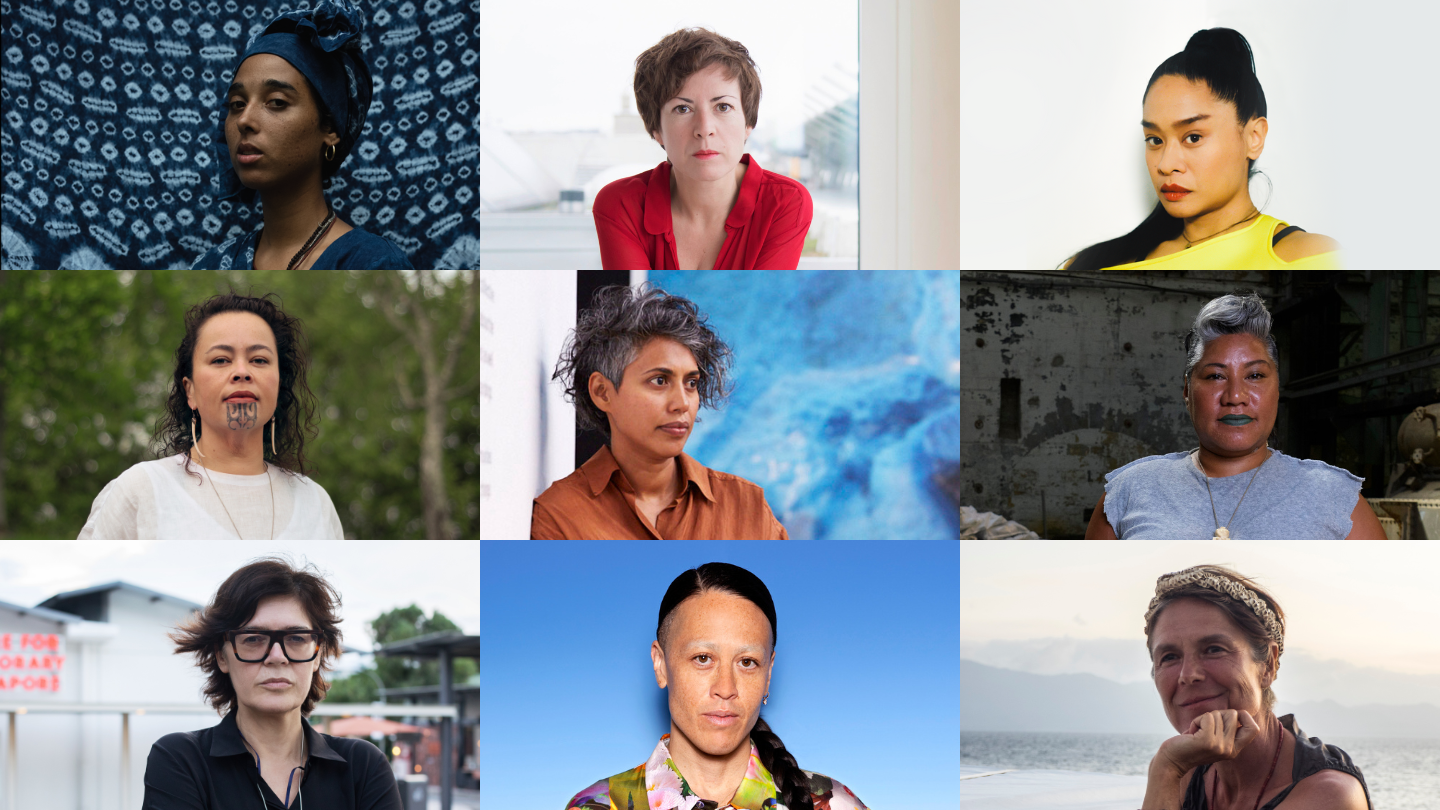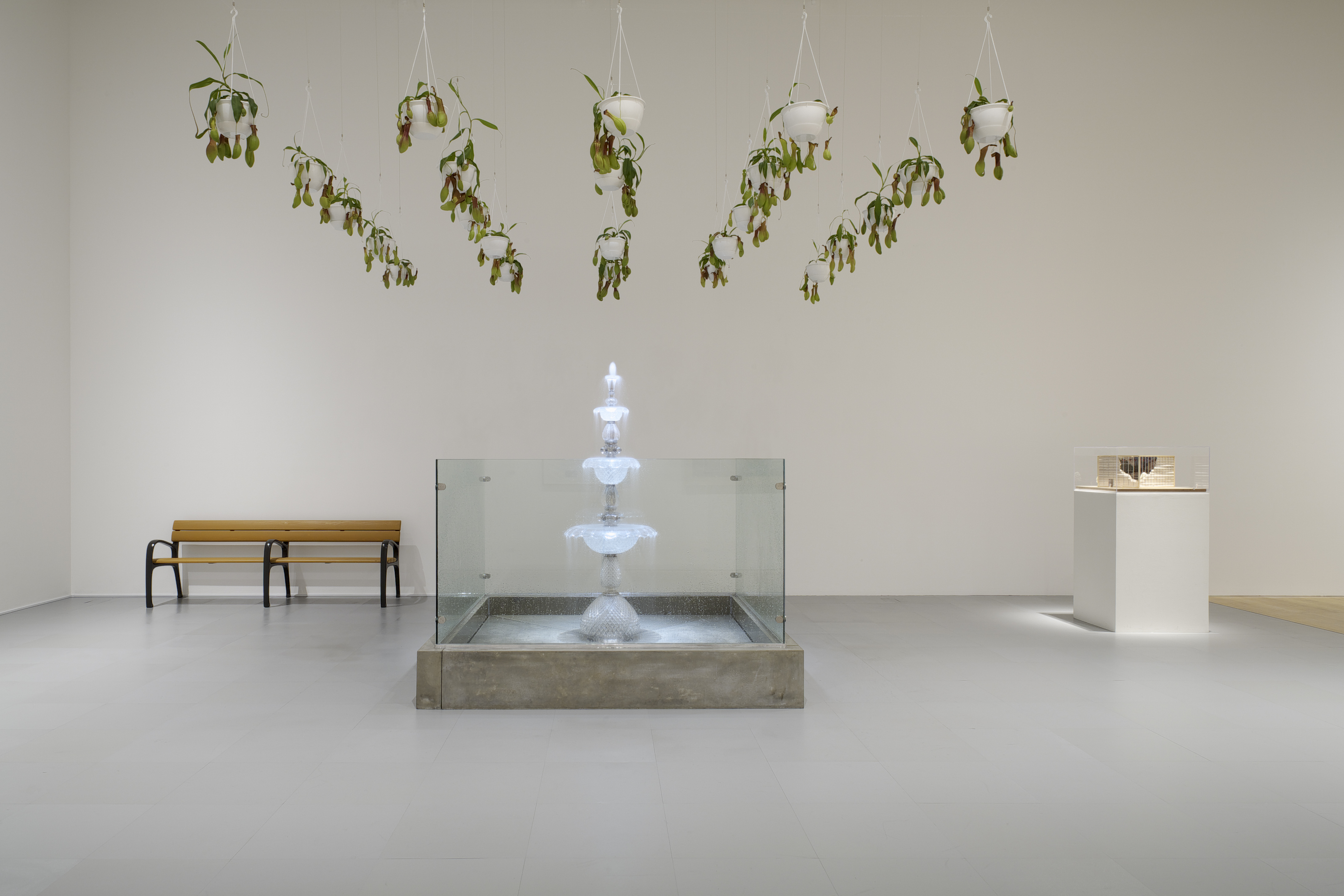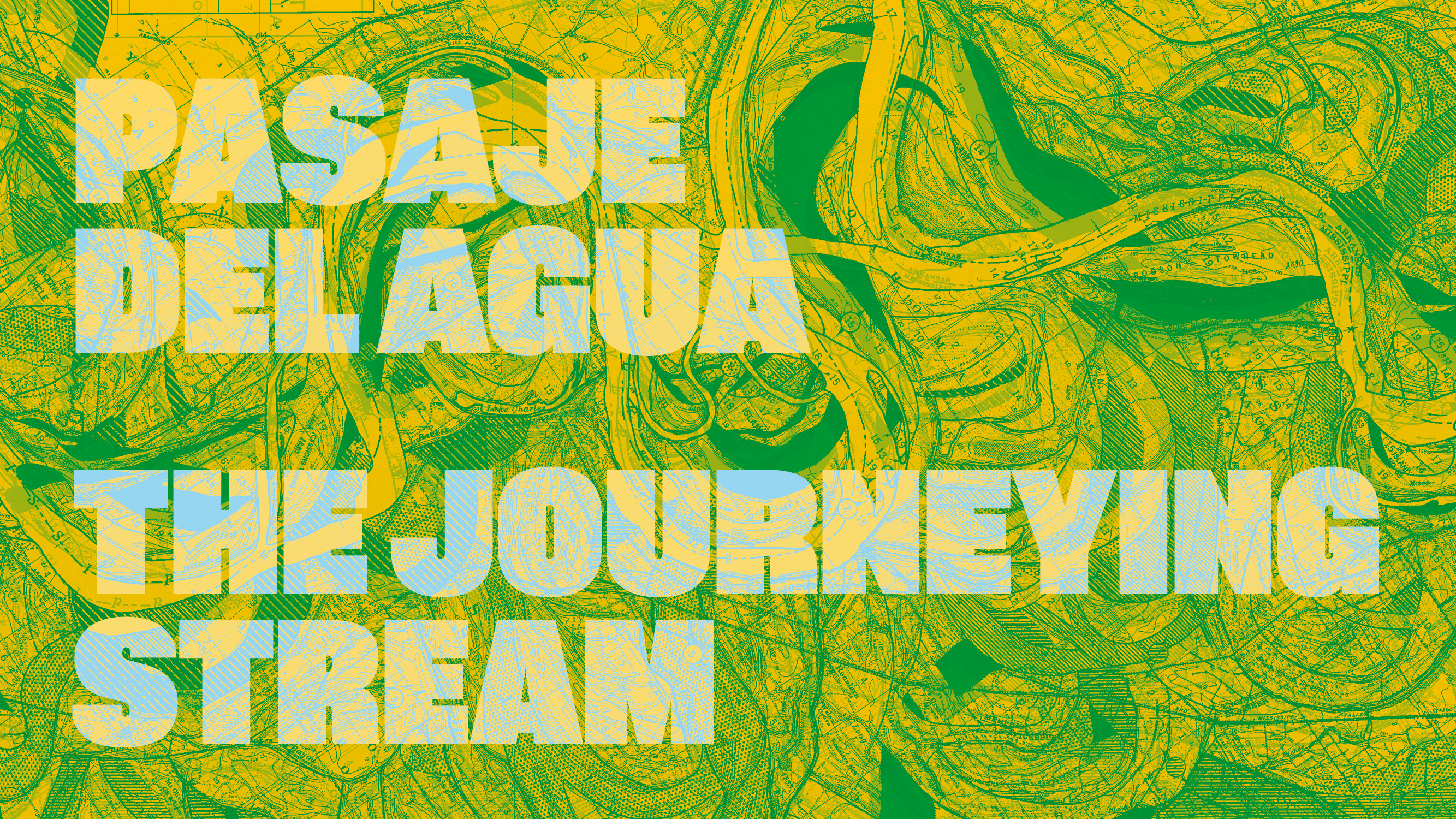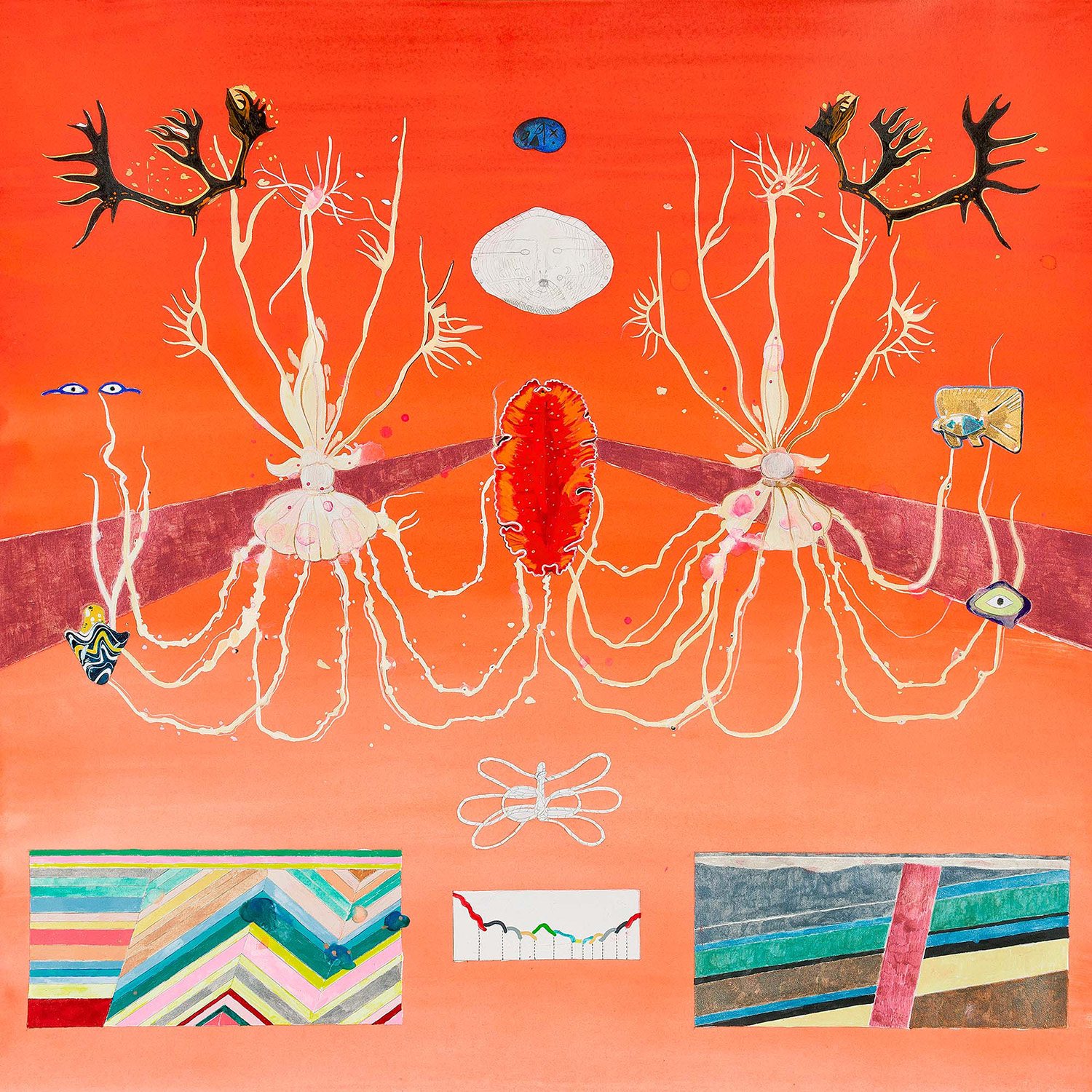May 8–August 24, 2025
From May 8 to August 24, 2025, Villa Arson, TBA21 Thyssen-Bornemisza Art Contemporary, and the Tara Ocean Foundation, in collaboration with Schmidt Ocean Institute, present Becoming Ocean: a social conversation about the Ocean, an exhibition that addresses the challenges facing the ocean through the diverse voices of more than 20 international artists, underlining the essential role of collaboration and the conviction that art and culture are drivers of social and environmental change.
Curated by Hélène Guenin (Nice Biennial), Chus Martínez (TBA21), Sébastien Ruiz (Tara Ocean Foundation), and Marie-Ann Yemsi (Villa Arson), the exhibition is part of the program for the Nice Biennial of Arts and the Ocean, organized as part of the United Nations Conference on the Oceans (UNOC3), held in Nice.
Becoming Ocean reflects on our understanding and ignorance of the ocean and its future. The exhibition embodies the shared values and methods of the participant institutions, using the limitless forms of artistic expression to foster an open, collective conversation about the challenges facing the ocean—those that affect the entire planet. It invites us to rethink our relationship with the ocean and imagine new ways of acting to ensure its preservation.
The massive effects of industrial fishing, the pollution of bodies of water, the rapid expansion of oceanic shipping, and the looming ecological threats posed by the emerging deep-sea mining industry all highlight the destructive nature of our contemporary relationship with the ocean. These human actions are driving the loss of marine biodiversity on an unprecedented scale. Yet, is it possible to imagine a different way of relating to the ocean (or even to regenerate it from the past)?
For the past few decades, art and artists have been actively working on fostering an understanding of climate change from the perspective of Nature. Artists have stepped beyond their studios to collaborate with experts, policymakers, and scientists, forging a shared horizon where we can strive for a genuine encounter with nature and its interests. Coming from diverse backgrounds and contexts, they have been inventing exercises and gestures that address the rupture caused by colonial and capitalist greed, paving the way for the birth of a new history—a history defined by better choices and a deeper connection to the mythical dimensions of the ocean, whose echoes reach our present from ancient times. The purpose of Becoming Ocean is to immerse ourselves humbly in these transformative approaches.
The exhibition opens with an altar installation by Courtney Desiree Morris, honoring ancestral traditions that recognize the ocean as the birthplace of all life. Allan Sekula addresses industrial fishing and global shipping; Stephanie Comilang reflects on colonial and neo-colonial histories and presents; and Diana Policarpo maps colonial traces through marine biodiversity. The evolving bond between humanity and water surfaces throughout the exhibition: Simone Fattal’s poetic works on the Mediterranean Sea, Armin Linke’s photo essay on seabed mining impacts, Seba Calfuqueo’s reflection on the Mapuche community's water struggles in Chile, and Kapwani Kiwanga’s investigation of sand extraction and glass production all confront extractivist practices threatening marine ecosystems.
Hidden toxicity is revealed in Samuel Bollendorff’s seascapes, where sampling unveils unseen pollution; Sonia Levy’s underwater filmmaking in the Venice Lagoon; Robertina Šebjanič’s exploration of seabed weapons pollution; and Laure Winants’ experimental studies of coastline contaminants. Janaina Tschäpe’s poetic photographs and Allora & Calzadilla’s iconic Petrified Petrol Pump reveal a poetic approach to these issues. Messages of hope and regeneration emerge in works by Nicolas Floc’h, who questions the ethics and risks of artificially restoring biodiversity, and Max Hooper Schneider, who speculates on post-human landscapes beyond immediate timescales. The exhibition also embraces a sensory and intimate engagement with the ocean through Anne Duk Hee Jordan’s playful sculptures, Christian Sardet and Antoine Bertin’s immersive works, Ingo Niermann’s video Sea Lovers (2002), and Susanne M. Winterling’s narrative, honoring the respectful commitments of coastal communities.
Becoming Ocean aspires to ignite within us a desire for new ways of living—ways that go beyond merely repairing damage or recovering from wounds, instead fostering a fundamentally different mindset toward the processes that shape both the ocean and the Earth.

